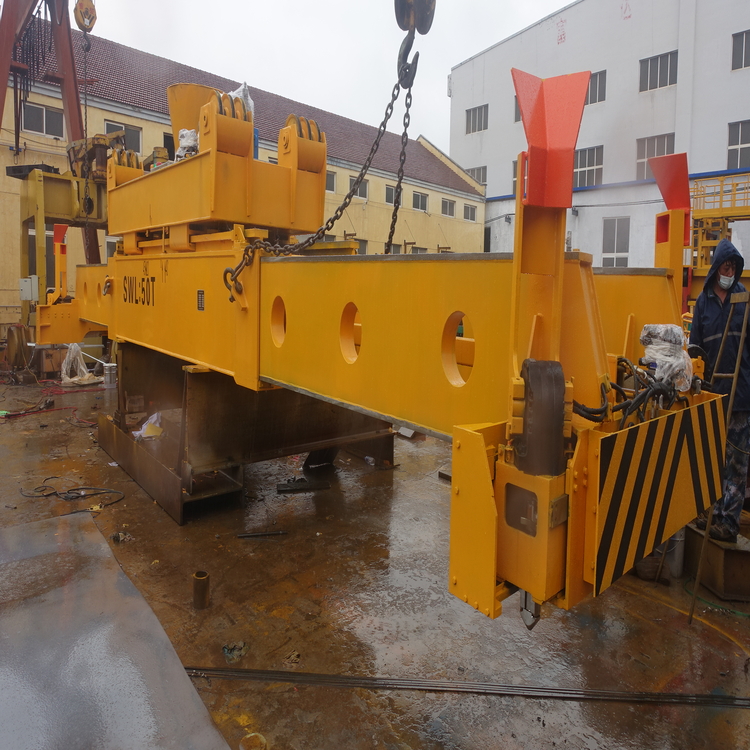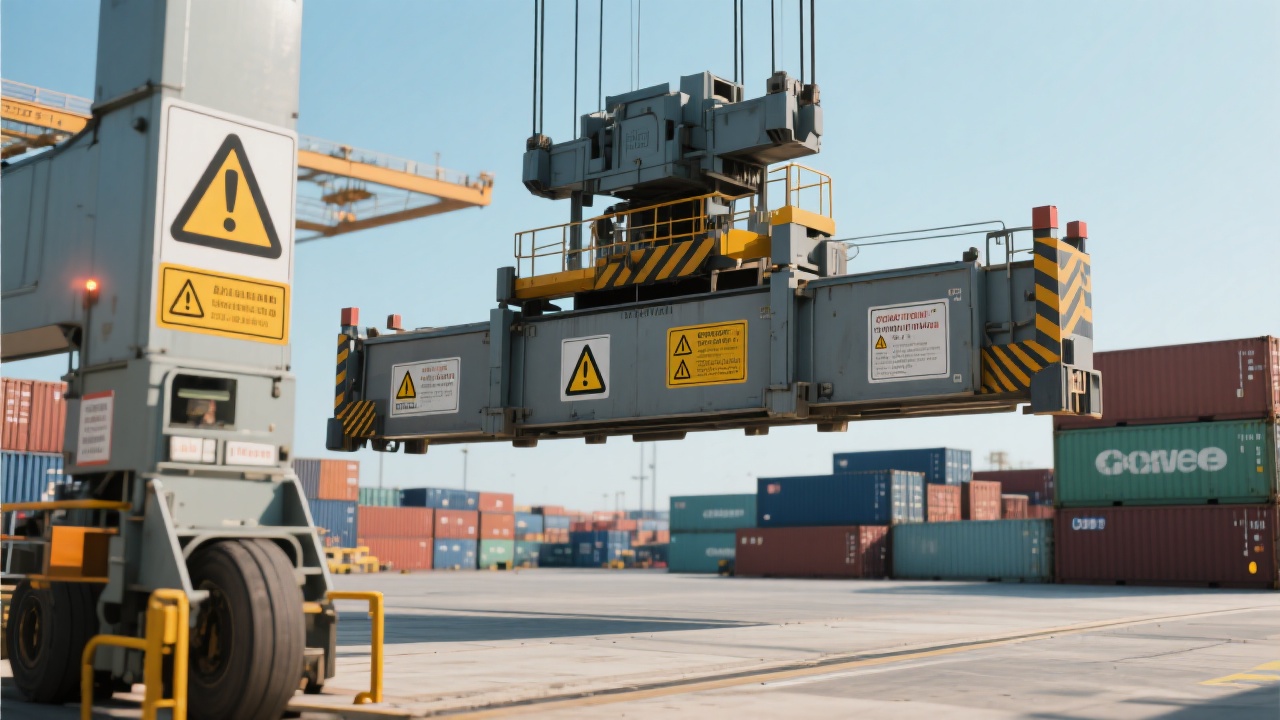
In the realm of container handling, safety is paramount. Every year, numerous safety accidents occur in container handling operations due to improper operations, resulting in significant losses in terms of both personnel safety and operational efficiency. This highlights the critical importance of professional crane operation training. As a leading provider in the industry, Dalian Tiding Heavy Industry is committed to offering comprehensive and practical training courses to help port and logistics professionals enhance their skills and safety awareness.
Becoming a proficient crane operator is a journey that involves three distinct stages: novice, junior, and skilled worker. Each stage has its own set of learning objectives and key competencies.
Novice Stage: At this stage, the primary goal is to build a solid foundation. Novices need to familiarize themselves with the basic structure of the crane, understand the importance of safety checks, and learn the fundamental operating principles. For example, they should know how to conduct a pre - operation safety inspection, which includes checking the stability of the equipment, the integrity of the lifting ropes, and the functionality of the control systems.
Junior Stage: As junior operators, they are expected to master the standardized operating procedures. They should be able to perform routine lifting operations smoothly, understand the relationship between different operating parameters, and start to identify common risks. They will also learn how to adjust the operation according to different working conditions, such as wind speed and load weight.
Skilled Worker Stage: Skilled operators are capable of handling complex situations. They can quickly identify potential risks, take preventive measures, and implement effective emergency response plans. They are also well - versed in analyzing industry accident cases to continuously improve their safety awareness and operational skills.
The training course is composed of several core modules that cover all aspects of crane operation.
Understanding the structure of the crane is the first step. The course will introduce the main components of the container lifting equipment independently developed by Dalian Tiding Heavy Industry, such as the boom, the hoisting mechanism, and the control system. By understanding the structure, operators can better understand how the equipment works and how to maintain it properly.

A detailed safety check list is provided to ensure that the equipment is in good working condition before each operation. This includes checking the mechanical parts, electrical systems, and safety devices. For example, operators need to check if the brakes are working properly, if the warning lights are functioning, and if the lifting capacity is within the safe range.
The standardized operation procedures are the core of the training. The course will explain in detail how to start the equipment, how to lift and lower the load, and how to move the crane safely. It also emphasizes the importance of following the procedures strictly to avoid accidents.
In case of emergencies, operators need to know how to respond quickly and effectively. The training will cover various emergency situations, such as power failures, equipment malfunctions, and sudden changes in the load. It will also provide step - by - step emergency response plans, including how to stop the equipment safely, how to evacuate the personnel, and how to report the incident.
Based on the years of experience of Dalian Tiding Heavy Industry, the training course also incorporates industry - specific knowledge. It analyzes how to adjust the equipment according to different complex working conditions, such as working in harsh weather or handling special - shaped containers.
In addition, real - world accident cases are analyzed in detail. By presenting the accident scenarios, analyzing the root causes, and providing preventive suggestions, operators can learn from these cases and avoid making the same mistakes. For example, in a certain accident, improper load distribution led to the instability of the crane. Through this case, operators can learn the importance of proper load balancing.

To facilitate learning, a variety of learning tools are provided, including operation videos, illustrated step - by - step cards, and self - check lists. These tools can help operators better understand the training content and review the knowledge at any time.
We have set up a Q&A section to encourage operators to share their experiences and ask questions. This interactive community can promote the sharing of knowledge and the building of a safety - conscious culture. You can share your experiences, ask for advice, or discuss difficult problems with other operators.
Let every lifting operation be safe and reliable - start from training and escort your team! If you are interested in our crane operation training course, please click here to learn more.


